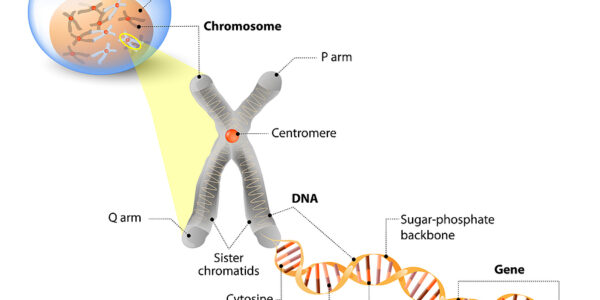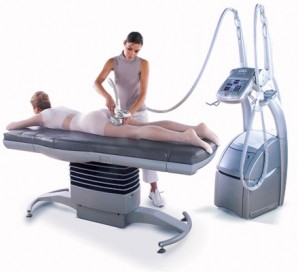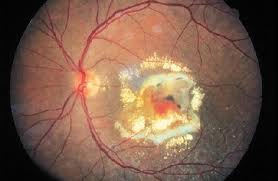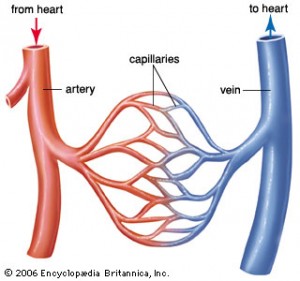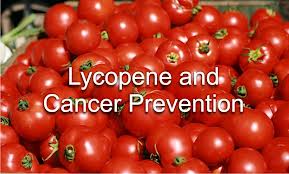California dermatologist Dr. Mitchell Goldman presented an overview at the American Academy of Dermotology, and stated that there are many types of treatment options available to combat cellulite including creams, massage, diet, and exercise. He cautioned however, that nobody at this time has done a study which evaluates the 20 creams that are currently on the market. It is true that a large variety of ingredients in the creams directly help stimulating the fat metabolism, increasing circulation and lymphatic flow.
He suggests to his patients to try a product for a month, and if there is no improvement, a switch to a different one should be made. The effectiveness of the creams can be enhanced by wearing bioceramic neoprene shorts. They look like normal work-out shorts, and wearing them a couple of hours per day can keep the cellulite from coming back.
Endermology is another treatment which can be useful with cellulite reduction: a mechanical action gently folds and unfolds the affected skin areas under the continous action of rollers. These rollers help improve the microcirculation, stimulate fluid exchange and improve overall cell function.
A variety of scams for treatment lurks on the Internet. Patients seeking treatment should be cautious about the most commonly advertised rip-off treatment called “mesotherapy”.
It involves injecting toxic substances into the body, including carbon dioxide gas. There has never been a scientific study which proves that it works, yet there is a great deal of publicity enticing patients to try it.
It is also important that patients are informed that cellulite is a condition that can be successfully treated, but it cannot be cured. Once you stop using the cream or the controlling treatment, the cellulite will return.
Based on The Medical Post, March 2, 2004, p. 21
Last edited December 8, 2012

